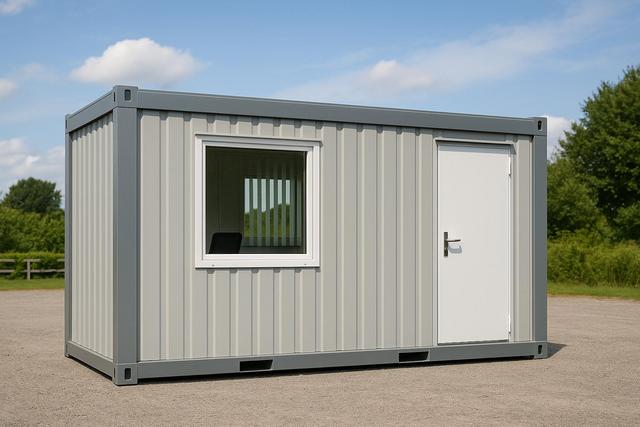
Smart Textiles: The Next Innovation in Fashion
The intersection of fashion and technology is crafting a new narrative in the world of textiles, bringing forth innovations that were once considered the realm of science fiction. Enter smart textiles, a burgeoning field that is redefining what clothing can do, not just for style, but for functionality and interactivity.
Smart textiles, also known as e-textiles, are fabrics integrated with technology that add value beyond traditional garments. From clothes that can monitor your heart rate to fabrics that change color based on your mood, the potential applications are vast and varied.
What Are Smart Textiles?
Smart textiles are made by embedding electronic components into clothing. These components can include sensors, batteries, LEDs, and even small computers. According to a report by Market Research, the global market for smart textiles is expected to reach $5.55 billion by 2025, driven by increased demand in sports, healthcare, and entertainment.
Expert Opinions
Professor Lucy Dunne from the University of Minnesota, a leader in wearable technology, notes, “Smart textiles have the potential to transform the way we interact with our environment, making our lives more efficient and connected.”
Types of Smart Textiles
| Type | Description |
|---|---|
| Sensing Textiles | Monitor physiological changes in the body. |
| Energy-Harvesting Fabrics | Generate power from mechanical movement or sunlight. |
| Color-Changing Textiles | Alter appearance based on environmental stimuli. |
| Temperature-Regulating Fabrics | Adjust warmth based on body temperature. |
| Anti-Microbial Textiles | Prevent bacterial growth on the fabric. |
| Shape-Memory Textiles | Change shape in response to heat or moisture. |
| Waterproof and Breathable Fabrics | Keep moisture out while allowing breathability. |
| Conductive Textiles | Transmit electrical signals through the fabric. |
Real-World Applications
Take the example of athletic wear. Imagine a runner’s shirt that can monitor heart rate, track distance, and provide real-time feedback. Not only does this enhance performance, but it also ensures safety. Another application is in healthcare, where textiles can monitor vital signs and alert caregivers in case of any abnormalities.
When purchasing smart textiles, consider the specific functionalities you need, such as monitoring capabilities or interactive features, to ensure they align with your lifestyle or professional needs.
Actionable Tips for Embracing Smart Textiles
- Start small by integrating smart accessories like fitness bands or smartwatches into your wardrobe.
- Look for garments with specific functionalities that suit your needs, such as UV protection or temperature regulation.
- Stay informed about advancements in textile technology to take advantage of new innovations as they become available.
Frequently Asked Questions
Are smart textiles durable?
Yes, many smart textiles are designed to withstand regular wear and tear, but it’s essential to follow care instructions for longevity.
Can I wash smart textiles?
Most smart textiles are washable, but always check the manufacturer’s instructions as some may require special care.
How do smart textiles benefit athletes?
Smart textiles can track performance metrics like heart rate and movement, providing athletes with data to improve their training regimes.
Conclusion
Smart textiles are at the forefront of a fashion revolution, offering exciting possibilities that blend technology with everyday wear. As these innovations continue to evolve, they promise to transform not just the fashion industry but our daily interactions with clothing. By staying informed and open to these advancements, you can be part of this dynamic change, embracing a future where clothing is as functional as it is fashionable.


